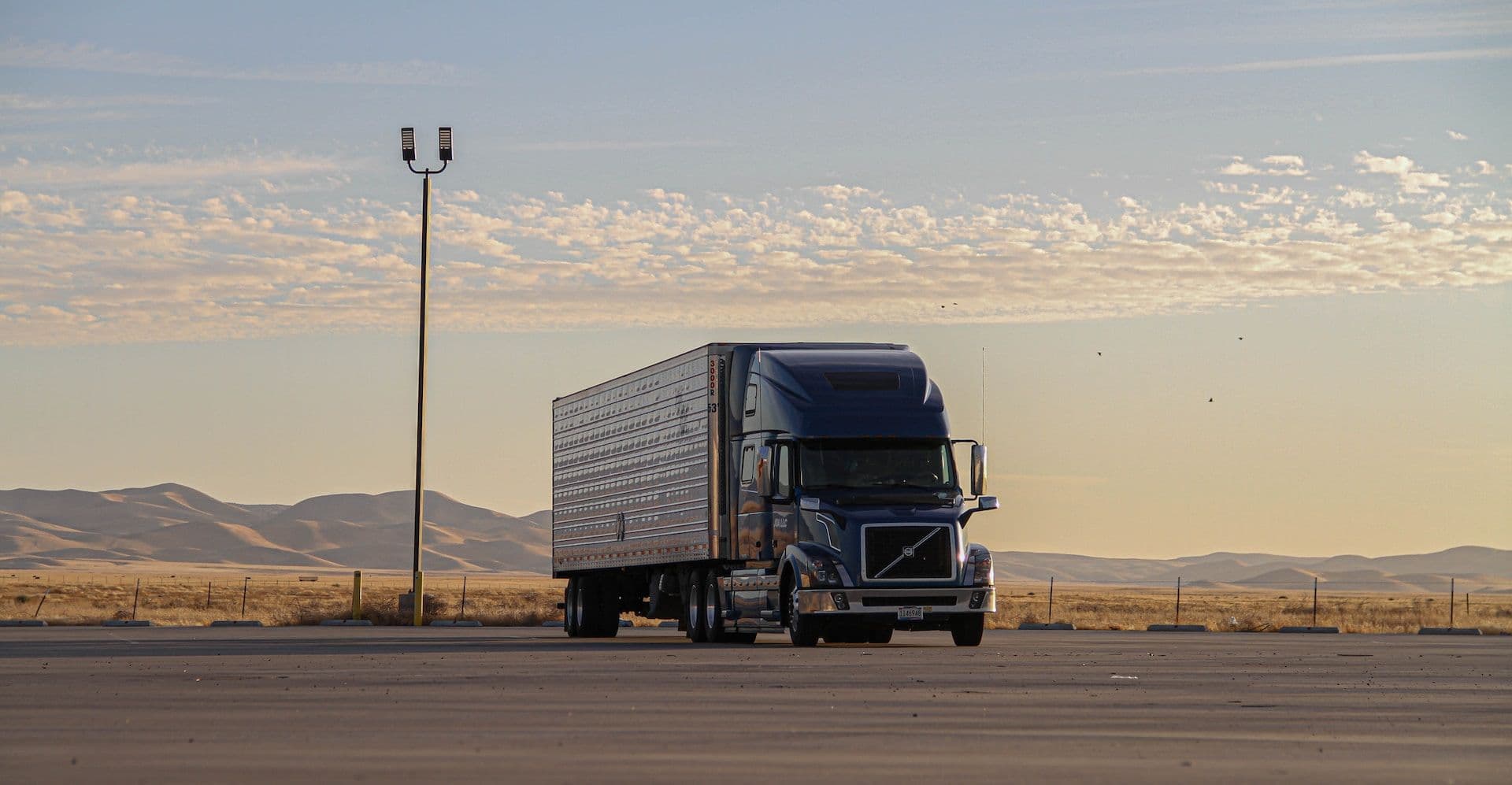U.S. Rail Volume: A Strong Start to 2025
U.S. rail traffic has shown remarkable growth for the week ending February 8, marking the fifth gain in six weeks for 2025. This rise is a promising indicator of the resurgence in rail transportation's importance.
According to the Association of American Railroads, traffic for the week amounted to 502,449 carloads and intermodal units—showing a 3.7% increase over the same period in 2024. The breakdown includes 218,393 carloads, a slight dip of 0.7% from last year, and a notable 7.4% increase with 284,056 containers and trailers.
Year-to-Date Overview
Impressively, the year-to-date carload volume remains steady compared to 2024, while intermodal traffic has surged by 9.7%. The collective traffic of 2,857,828 carloads and intermodal units so far represents a robust 5.3% gain over the initial six weeks of the previous year.
North American Insights
From a broader perspective involving nine U.S., Canadian, and Mexican railroads, North American volume reported includes 315,173 carloads—a 4.7% decrease from the same week in 2024—and 364,946 intermodal units, reflecting a healthy 5.3% increase. Overall, the combined total of 680,119 carloads and intermodal units translates to a modest 0.4% rise.
For the first six weeks, North American volume is up 4.4% compared to the same period in 2024, which includes a 3.6% growth in Canada, contrasted by a 7.4% decline in Mexico.
![]()
Stay Informed
To keep abreast of the latest trends in freight and transportation, subscribe to our rail e-newsletter, and have the latest insights delivered right to your inbox.
Related Topics for Further Reading
- How Tax Credits Can Revamp US Rail Freight Car Fleets
- [The Role of Hydrogen Locomotives in the California Market](Help Center)
- Celebrating the Opening of the Second US-Mexico Rail Bridge
- Railcar Innovations: CEO Tekorius' New Role at the Federal Reserve Branch
This analysis provides a comprehensive snapshot of the current trends in U.S. rail traffic, highlighting its growth and the variations across North America. As the industry continues to navigate challenges and opportunities, staying informed and connected with the latest developments remains crucial for stakeholders.

